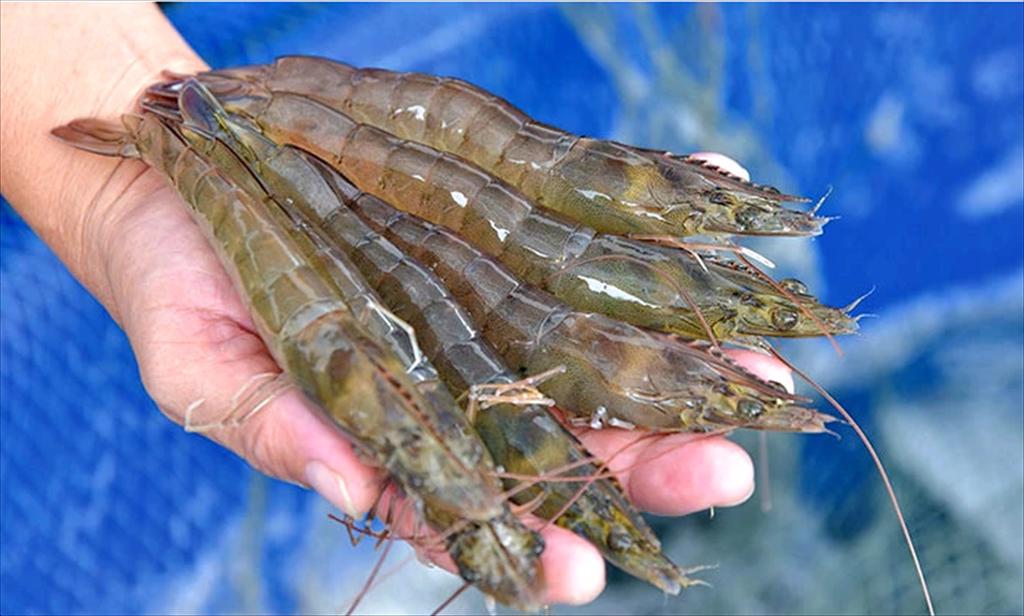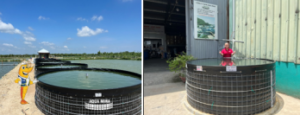Shrimp Farming Area in India Decreases, but Production Remains Stable
“Looking at two data points, we see that the production area has declined. The stocking density has also decreased, especially in the last 5 to 6 months. There have been continuous crop failures, significantly more than in previous years,” he stated.
“Therefore, considering these two factors, farmers have reduced their farming area and density. The sales of post-larvae (PL) may decrease.” However, this does not imply that the overall volume will decline. With this reduced density, we predict that the success rate will increase. This will maintain volume, even though farming intensity and density are decreasing.

He explained that as farmers reduce density, they need to farm on a larger scale to remain profitable. This will also contribute to maintaining volume. “As soon as you reduce density, the breakeven size becomes larger. It’s no longer 10 grams; it’s more like 15-18 grams,” he said. “That’s what drives the farmers' decisions, not market forces. Then, packers will adjust based on this.”
Willem van der Pijl, CEO of the Global Shrimp Forum Foundation, the organization behind GSF, forecasts that India’s shrimp exports will actually increase by 5% in 2024 to reach 734,333 tons.
This contrasts with the prediction from Robins McIntosh, Senior Vice President of Charoen Pokphand Foods, who expects India's overall production to decline in 2024, despite an increase in black tiger shrimp output.
Source: vasep.com.vn
Ngày đăng : 17/10/2024
2006 View
Other Articles
Global Shrimp Forum: Global shrimp trade is reshaping
China’s Import Value Up 10%, Vietnamese Shrimp Remains Among Leading Suppliers
After the 7.5-magnitude offshore earthquake in Aomori that injured 34 people, Japan has issued a warning about a potential mega-earthquake
India’s shrimp exports accelerate despite the trade war with the United States
Portuguese food group acquires 18% stake in cod farming company Norcod
Indonesia implements radioactive-free shrimp certification for exports to the United States
India is world’s second-largest shrimp producer. That is now under threat
Ca Mau’s shrimp industry moves towards “green” growth
Floods devastate aquaculture, processing operations in Vietnam
Ecuador Leads Global Shrimp Exports, Surpassing USD 7 Billion in 2025
India's marine product exports rise 16% as new markets offset US dip
Skretting presents the first shrimp feed with insect meal in Vietnam



















.jpg)